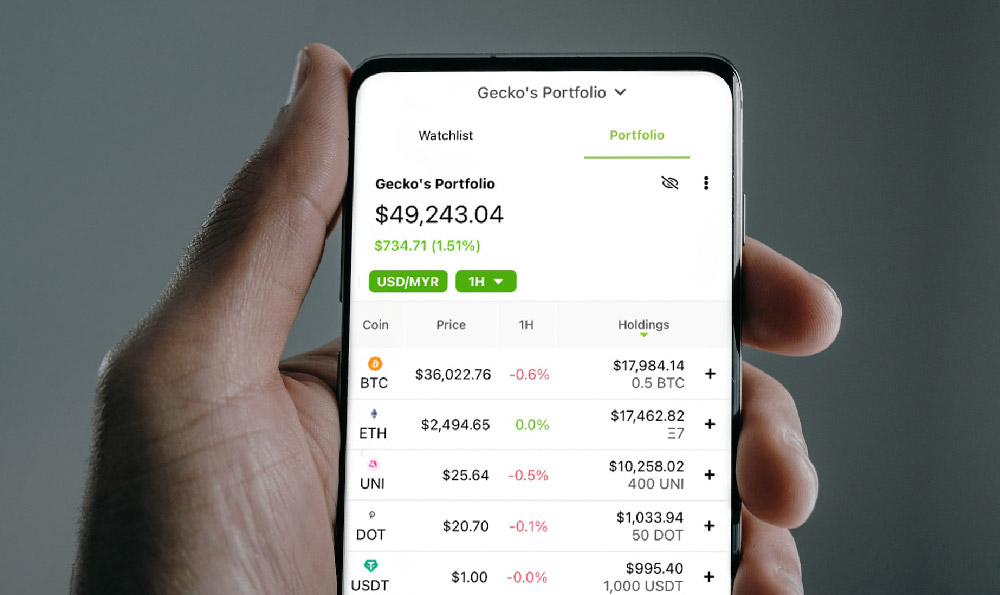Can YouTubers Earn Money on YouTube? The Ultimate Guide
For many content creators, YouTube represents a vast digital platform where artistic expression meets financial potential. However, the question of whether YouTube creators can successfully monetize their channels often arises, particularly among those new to the space or those seeking long-term growth strategies. The truth is that with the right approach, YouTube can indeed be a profitable venture, but it requires understanding the platform's monetization frameworks, adapting to evolving trends, and maintaining a strong content strategy. This guide delves into the multifaceted ways YouTubers can generate income, explores the nuances of YouTube's partnership programs, and provides actionable insights for maximizing earnings while navigating the complexities of the online content economy.
Monetizing Through Advertisements, Sponsorships, and Membership Programs
YouTube's primary monetization tool remains its AdSense program, which allows creators to earn revenue from ads displayed on their videos. However, this option is only available to those who meet specific criteria, such as having 1,000 subscribers and 4,000 watch hours in the past 12 months. Once accepted into the YouTube Partner Program, creators receive a share of advertising revenue based on factors like click-through rates, audience demographics, and content relevance. While this system is straightforward, its effectiveness varies widely. For instance, educational content may yield higher engagement than entertainment, which in turn could impact ad performance and earnings.

Beyond ads, sponsorship offers another lucrative avenue. Brands increasingly seek partnerships with YouTubers to promote products or services, often through product placements or dedicated promotional content. The success of such collaborations depends on the audience alignment between the creator and the brand. A fitness YouTuber, for example, may attract a higher number of brand deals compared to a niche hobbyist. Negotiations typically involve upfront payment, performance-based metrics, or a combination of both. Additionally, YouTube's Channel Memberships program enables creators to offer exclusive perks, such as badges, custom emojis, or private community features, in exchange for recurring monthly fees. This model not only provides a steady revenue stream but also strengthens viewer engagement and loyalty.
The Role of Content Quality and Audience Growth
While YouTube's monetization tools are essential, they are not the sole determinant of a creator's financial success. High-quality content remains the foundation for attracting and retaining a large audience. Creators who consistently produce engaging, informative, or entertaining videos tend to build more loyal followers, leading to increased ad revenue and sponsorship opportunities. Furthermore, audience growth directly impacts monetization potential. A larger, more active audience translates to higher watch hours, which are crucial for meeting YouTube's eligibility requirements.
However, audience growth is not merely a numbers game. It requires a strategic understanding of audience behavior, content preferences, and platform algorithms. For instance, videos with high watch time but low engagement may not yield optimal results, whereas content that encourages comments, shares, and subscriptions can significantly boost visibility. Creators should also consider the importance of consistent uploading schedules and audience interaction. Regularly engaging with viewers through comments, live streams, or Q&A sessions can cultivate a sense of community, making viewers more receptive to monetization efforts.
Navigating the Landscape of Advertisements and Brand Deals
The intersection of advertisements and brand deals presents unique opportunities and challenges. While YouTube ads are an established avenue, they are often criticized for being intrusive. As a result, many creators are exploring alternative monetization strategies, such as affiliate marketing or paid partnerships with brands. Affiliate marketing involves promoting products through unique referral links and earning a commission on sales. This model is particularly popular among creators who focus on product reviews, tutorials, or lifestyle content.
Paid brand partnerships, on the other hand, require a more personalized approach. These collaborations typically involve direct negotiations with companies, where creators receive payment for creating content aligned with the brand's messaging. The success of such partnerships hinges on the creator's ability to creatively integrate the brand into their content without compromising authenticity. For example, a travel YouTuber might collaborate with a budget airline to create a series of vlogs showcasing affordable travel options. While these deals can be highly lucrative, they also demand a level of transparency and alignment with the brand's values to maintain viewer trust.
Beyond Traditional Revenue Streams: Exploring New Opportunities
As the YouTube ecosystem evolves, new monetization avenues are emerging. Creators are increasingly leveraging YouTube Premium, which allows members to access exclusive content for a subscription fee. This system provides an alternative revenue source that is less reliant on ads or sponsorships. Additionally, the sale of branded merchandise, such as t-shirts or accessories, has become a popular strategy for monetizing fan engagement. Creators can use crowdfunding platforms or their own e-commerce stores to sell these items.
Another emerging trend is the use of YouTube's Super Chat and Super Stickers features, which enable viewers to send paid messages during live streams. While these tools are more suitable for live content, they can serve as a valuable supplement to other monetization methods. Furthermore, creators may explore niche markets through YouTube's content ID system, which identifies copyrighted material and allows for revenue sharing with rights holders. This option is particularly relevant for creators who produce transformative content that benefits other creators without infringing on intellectual property rights.
Maximizing Earnings While Balancing Risks
Ultimately, the key to sustained income on YouTube lies in a balanced approach that prioritizes both financial growth and audience satisfaction. Creators should avoid over-reliance on a single monetization method and instead diversify their strategies to mitigate risks. For example, if ad revenue fluctuates, a strong brand partnership or membership program can provide stability. Additionally, maintaining creative control while adapting to monetization requirements is crucial. Creators who seamlessly integrate monetization into their content, rather than forcing it, tend to see better long-term success.
Success on YouTube is not guaranteed, but it is achievable with persistence, adaptability, and a deep understanding of the platform's monetization mechanisms. While the journey may involve setbacks and challenges, the rewards for those who navigate it effectively can be substantial. Whether through ads, sponsorships, or innovative content strategies, YouTube presents a dynamic ecosystem that continues to evolve, offering creators a unique opportunity to explore the intersection of art, technology, and economics.












